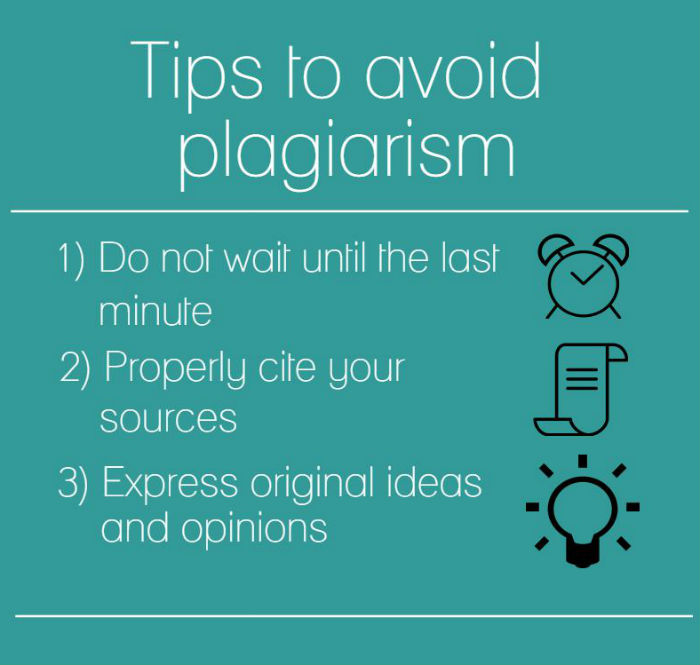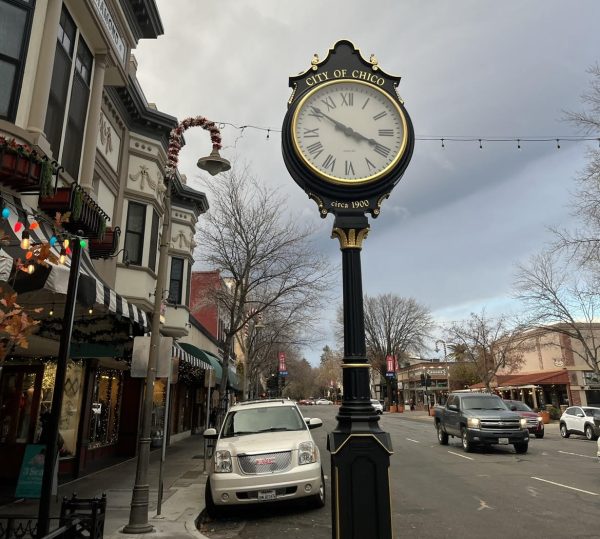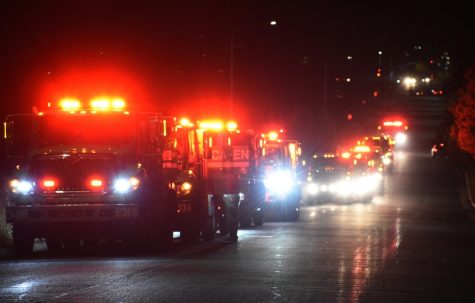Professor: Students plagiarize out of fear
In the 2013-2014 academic year, the office of Student Judicial Affairs on campus handled 58 reports of academic dishonesty. This included incidents and sanctions associated with academic dishonesty, which includes plagiarism, unauthorized collaboration and cheating. In 2014-2015 academic year, Student Judicial Affairs handled 78 reports of academic dishonesty, which included 31 cases of plagiarism. The increase in academic dishonesty is in part due to a case which involved 19 students.
In a student population of 17,283, roughly 1 in 300 students will be sanctioned for academic dishonesty and 1 in 500 for plagiarizing per year. These are lofty numbers for a serious academic crime.
“Plagiarism is the use of someone else’s work, including words, ideas, projects and/or any other material without citing the source,” according to the Chico State Policy of Academic Integrity. Instances include self-plagiarizing, when your writing for one class is used for another; unauthorized collaboration, sharing without the instructor’s permission; and cheating, the purposeful fraud to improve a grade.
“SJA continues to explore ways to provide more support and training for students to fully understand plagiarism,” the SJA wrote. “We find that most students want to do things ‘right,’ but may not always understand what constitutes academic dishonesty, outside of cheating, of course.” That could be the case. Many students outside of English majors may not be aware of what constitutes plagiarism, and why plagiarism is such an academic concern.
“I see people who don’t understand the difference between quoting, paraphrasing, or summarizing, and thinking they only need to cite one of those instead of all three,” said Chris Fosen, English professor. “Plagiarism is far less common than inappropriate citation or lack of citation. Sometimes students don’t understand the conventions like MLA, APA and Chicago.”
“Research in my field over the last 20 years seems to find that students plagiarize out of fear, as like, they have waited until the last second and it’s a high stakes paper,” Fosen said. “Or out of not understanding the potential punishment or knowing that it is the highest academic crime within the notion of academic integrity.”
The reason why plagiarism can warrant harsh punishment such as school suspension, expulsion or even rescindment of a degree, is because plagiarism constitutes intellectual theft. In the same manner as a gas station robber is arrested and illegal music downloaders are fined, the act of plagiarizing is property theft. Plagiarism without citation is stealing.
Fosen uses a number of techniques to help his students avoid plagiarism.
“Students should start with their own curiosities, and then use the course content to explore and map out the content they have read,” he said. “These things don’t preclude plagiarism but encourage students to hone in on their particular writing, and to work with me in the process so that plagiarism becomes less and less likely.”
With midterms and mid-semester projects and essays due, plagiarism may sneak up on students. So what can students do to stop the impulse to plagiarize?
Do not wait until the last minute. The pressure of procrastination causes students to resort to copying and pasting, instead of writing original content. This can be avoided by good time management.
Learn to carefully and correctly cite your sources. Know the format your teacher requires, and then cite every source you use for your writing. You need sources for quotes, paraphrases and summaries, as well as for other people’s ideas and opinions.
And always seek to express original ideas and opinions. By forming your own conclusions on a topic, and using sources to back up your claim, you can reduce the temptation to plagiarize.
Jeremy Steele can be reached at [email protected] or @jaysteele619 on Twitter.









